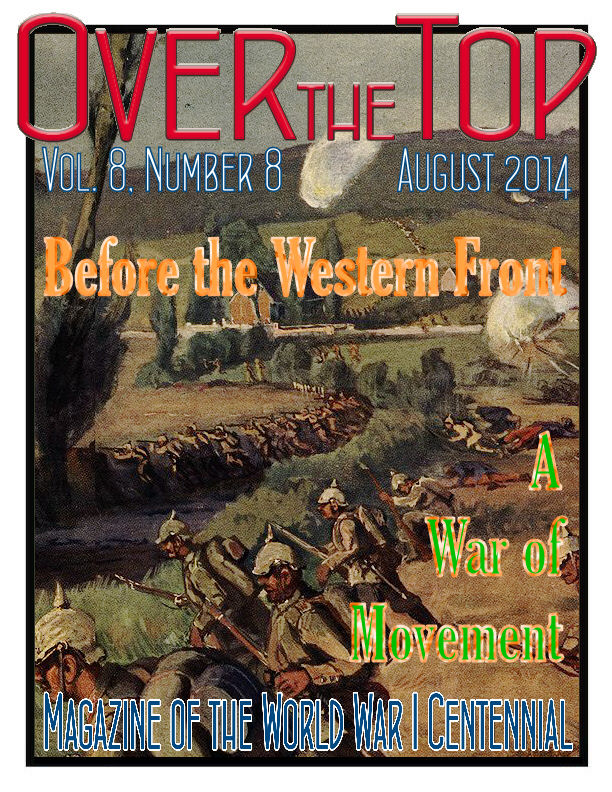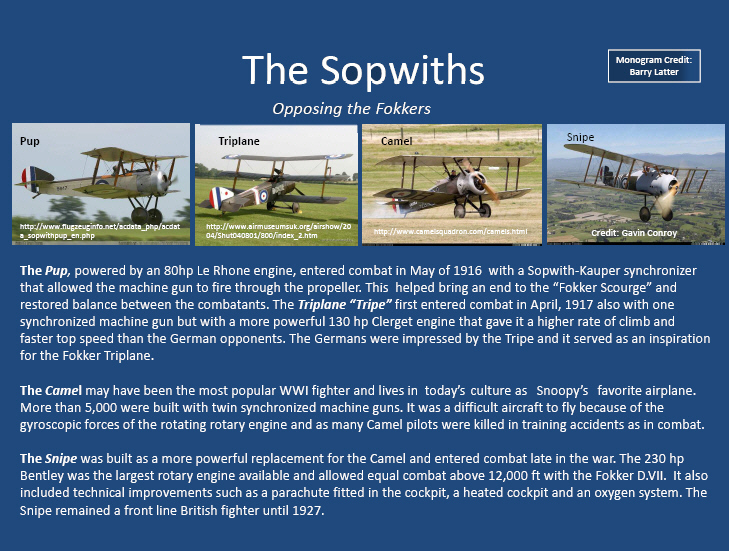
Aug. & Sept. 2014 |
 |
|


I Wish I Had Written That
Last month's issue was completed just as the commemorative events surrounding the assassination of the archduke were ramping up. I was left speechless by some of the efforts to honor Princip and his accessories, including sympathetic reenactment portrayals and the dedication of a sculpture honoring him in Sarajevo. I intended to comment on this, but in the meantime have discovered someone who expressed my thoughts on this better than I:
For myself, I believe that the assassination was disastrous in effect and furthermore a wicked act. Franz Ferdinand was not a bad man, if not always an attractive one, and his dying words to his dying wife — "Sophie dear, don’t die, stay alive for the sake of our children" — still have the power to move, as has his insistence that his wound was nothing. . . Since Gavrilo Princip, even with all the wisdom of his nineteen years, could not know the future and the genuine political monsters he would help to bring forth, he could compare the present situation only with some imagined better past or with some ideal political scheme in his head, but in either case he was deeply mistaken. The legal system of the time deemed Princip too young to be executed: later regimes that he helped to bring about made the beautiful moral discovery that one is never too young for capital punishment. It appalls me that he should be considered a hero anywhere, that there should be streets named after him.
Read Dr. Theodore Dalrymple's full article Here.
It's My Travel Season Again
My second battlefield tour of the year is starting at the end of August, so this is one of my periodic two-month issues. The trip entails an in-depth look at the Battle of the Marne — the most critical battle of the Great War, so we will have much to report on in our September Trip-Wire.
Until then. . . MH

|
2014
Things We Never Learned in School About the Beginning of WWI
When: 5 & 12 August
Where: The Club at Sonterra, San Antonio, TX
Speakers: Colonels Joe and Janet Robinson (Details)
Britain, Ireland and the Music of the Great War
When: 16 August
Where: San Jose State Univ., CA
Sponsors: Burdick Military History Project & WW1HA (Word Document Flyer)
Cloverdale, CA, Centennial Remembrance: 5 Part Program
When: 26 August - 11 November
Where: Cloverdale Performing Arts Center (1-4), Fairgrounds (11 Nov)
Sponsors: Cloverdale Historical Society (PDF Flyer)
Literature, Memory, and the First World War
When: 11-14 September
Where: West Point, NY
Sponsor: USMA Dept of English & Philosophy (Details)
Autumn Wings & Dawn Patrol Rendezvous
When: 24-28 September
Where: Wright-Patterson, AFB, Ohio
Sponsors: USAF National Museum & League of WWI Aviation Historians (Details)
The Great War Begins, 1914-16
When: 17-18 October
Where: Soldier-Sailors Club, New York City
Sponsor: The New York Military Affairs Symposium (Details)
Over the Front Quarterly Meeting
When: 18 October
Where: Udvar-Hazy Center, Air and Space Museum, Dulles International Airport
Sponsor: Mid-Atlantic Chapter, League of WWI Aviation Historians (PDF Flyer)
Fall 2014 World War 1 History Symposium
When: 25 October, All-Day, Opens 0830
Where: Maryland War Memorial, Baltimore, MD
Sponsors: Western Front Association, East Coast Branch (Details)
2014 Symposium: 1914 - Global War and American Neutrality
When: 7-8 November
Where: National WWI Museum, Kansas City
Sponsors: National WWI Centennial Commission, WWI Museum, WFA-U.S. Branch, WWIHA (Details)
World War I Centennial Symposium
When: 14-15 November
Where: Norfolk, VA
Sponsor: MacArthur Memorial & Museum (Details)
2015
WWI: 100 Years of Impact
When: 6-7 Feb, 2015
Where: Tampa, FL
Sponsor: University of South Florida (PDF Flyer)
|
|
Centennial Headline of the month
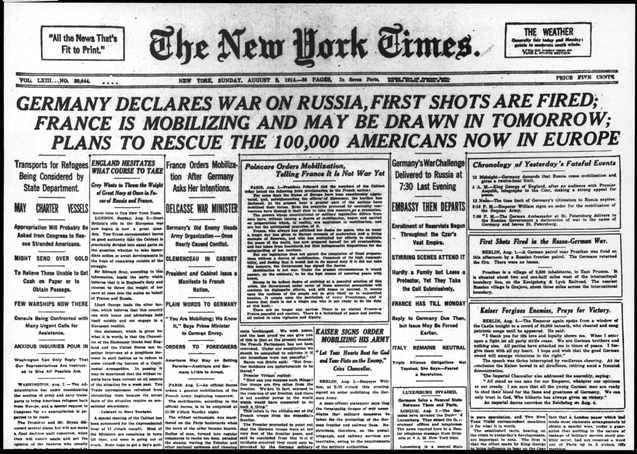
Sunday 2 August 1914 — things are breaking loose.

Austria-Hungary
Goes to War
The mobilization of Austria-Hungary and the ultimate demise of the empire is a historical case study in the tragic cost of political wishful thinking and collective delusion. These articles help profile the state of the empire as it entered into the war in 1914.
 Austria-Hungary in 1914
Austria-Hungary in 1914
 The Strength of the Austro-Hungarian Monarchy in 1914, Part 1
The Strength of the Austro-Hungarian Monarchy in 1914, Part 1
 The Strength of the Austro-Hungarian Monarchy in 1914, Part 2
The Strength of the Austro-Hungarian Monarchy in 1914, Part 2
 Field Marshal Franz Graf Conrad von Hötzendorf
Field Marshal Franz Graf Conrad von Hötzendorf
 Austro-Hungarian Army Order of Battle, 1914
Austro-Hungarian Army Order of Battle, 1914
 Notes from a Conference: Cultures at War: Austria-Hungary 1914-1918
Notes from a Conference: Cultures at War: Austria-Hungary 1914-1918
 Why did Austria-Hungary fail to subdue Serbia in 1914?
Why did Austria-Hungary fail to subdue Serbia in 1914?
 Sigmund Freud and the Outbreak of War
Sigmund Freud and the Outbreak of War

New York City Mayor A War Fatality
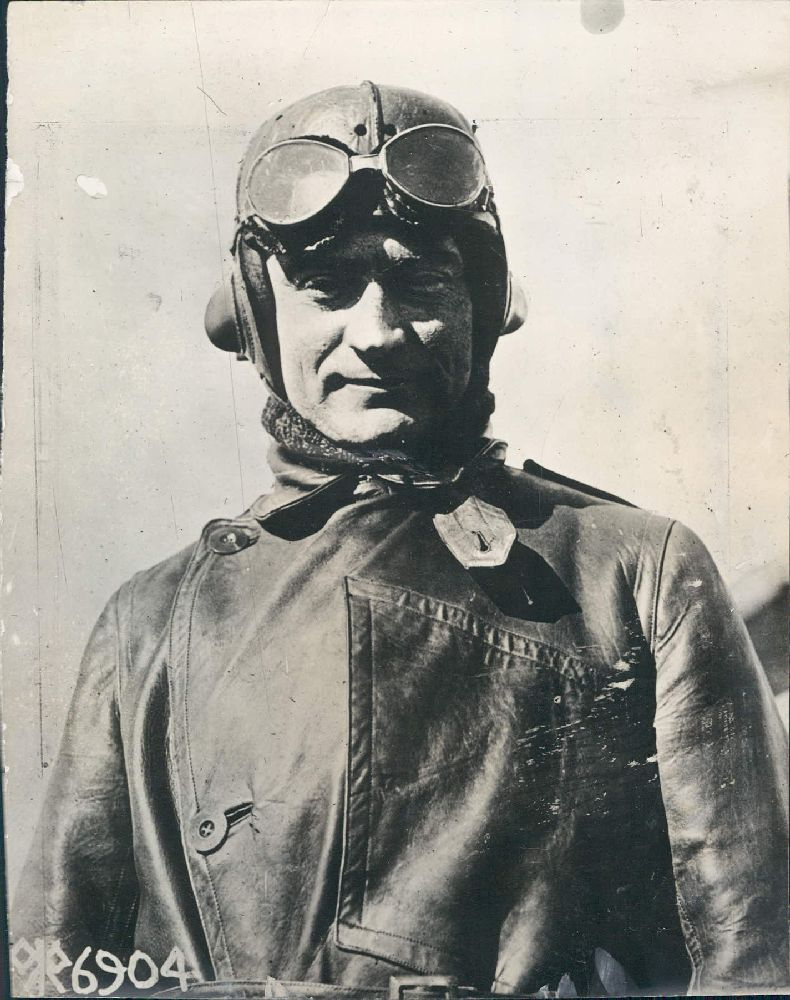
The Former Mayor in His Flying Gear
Known as "The Boy Mayor of New York," John Purroy Mitchel (1879-1918) was New York City's youngest-ever mayor, elected to office when he was only 34. He was soundly defeated for re-election and died less than six months after he left office on 6 July 1918, at age 38, while he was training as an Air Service pilot. He fell 500 feet out of his biplane near his training field in Louisiana after apparently forgetting to fasten his seat belt. He was the namesake of Mitchel Field on Long Island, formely Hazelhurst Aviation Field #2. Charles Lindbergh flying the Spirit of St. Louis departed for France in 1927 from an adjacent airfield. [Corrected from an earlier version.]

About That "Stab in the Back"
The way World War I ended gave the peacemakers at Versailles an impossible problem. First, no Allied troops were on German territory when the war ended. Consequently, Germans across the political spectrum almost immediately claimed that their army had stood unbroken and unbeaten in the field. But German records and the testimony of German officers before the Reichstag in 1924 prove that this is false. Some German divisions were down to 200 men, companies were down to as few as 10-20 men, and platoons no longer existed. There were 700,000 deserters by fall 1918. The German Army had been defeated and crushed, but the Germans simply hid that reality. They pretended that they had accepted the armistice because they believed doing so would aid Woodrow Wilson’s 14 points campaign. The result, within a year or two of the armistice, was a sense of deep wrong on the part of the German people that had virtually no justification.
Williamson Murray, Institute for Defense Analyses, 2009 Speech
(Thanks to the WW1 Research Institute)
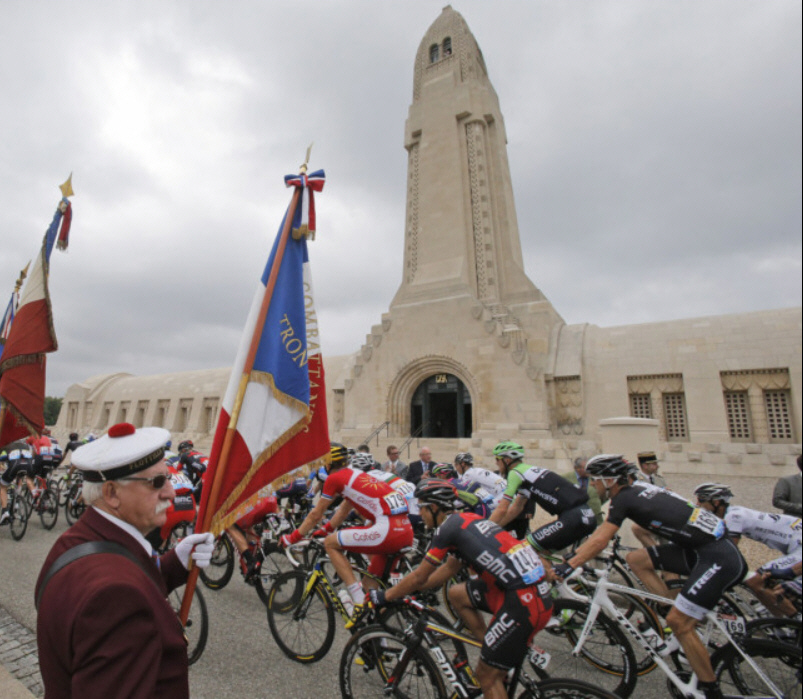
This Year's Tour de France Visited a Number of WWI Battlefields.
Here the Riders Are Passing Between the Verdun Ossuary with Flag Bearers
with Regimental Flags of the Units That Fought Nearby
|

|

U.S. Centennial Organizations & Resources
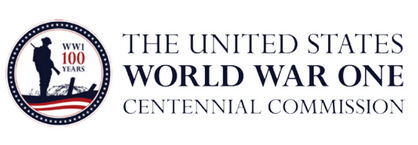
worldwar-1centennial.org/
|
The U.S. Centennial Commission Status Report
The nation's WWI Centennial Commission has produced a 37-slide presentation on their current plans and status. It includes detailed information on future educational and commemorative programs and outreach efforts the commission will be proposing and seeking funding for, including a series of national conferences through 2019. The commission has provided the the entire program to Trip-Wire share with our readers. Below are a few sample slides and a link for you to download the entire presentation as a .pdf file. They want to be clear, though, that none of these activities can take place without funds being raised to cover the costs.
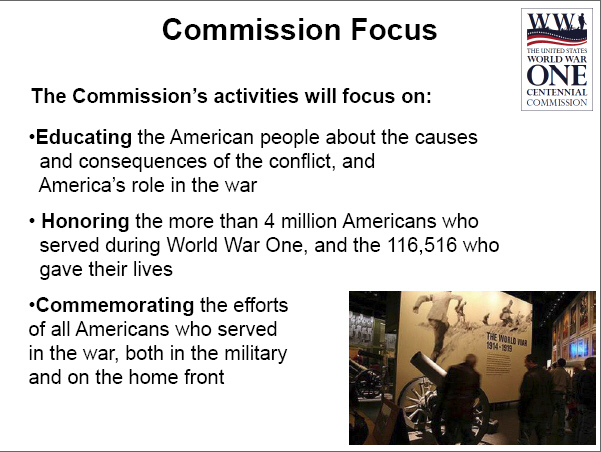

Download the Commission's Full Briefing Here
The Editors Recommend
Best On-line Centennial Feature (So Far)
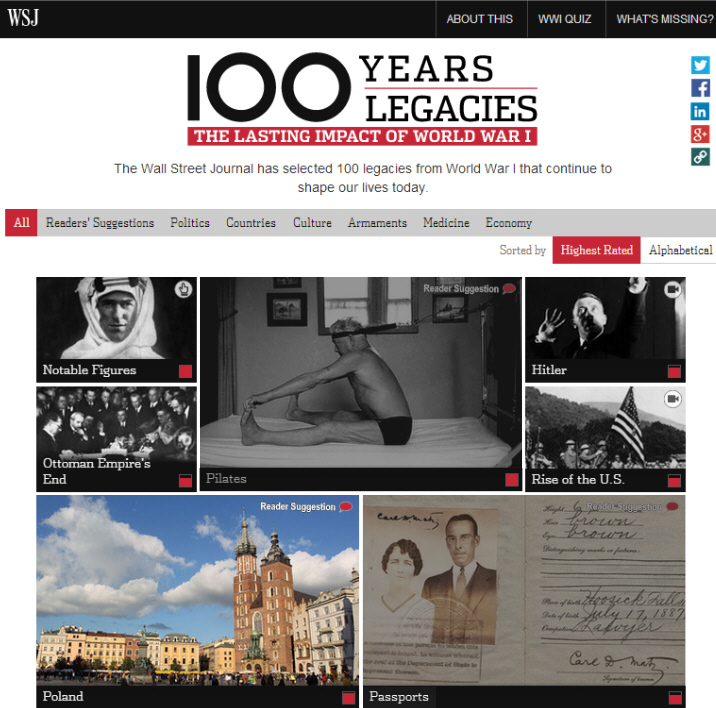
Thanks to all of our readers who have been sending in leads on websites that are attempting to convey the importance of the Great War on our lives today. Some of these are linked above and in our other issues. However, the breakaway leader in the competition for the best of these (thus far) is the Wall Street Journal's "100 Years, 100 Legacies: The Lasting Impact of World War I" feature, and we thought that deserves your special attention. In the image above you can see a partial display (7 of 100 entries) from the site's homepage. The current list is the product of both the Journal's staff and its readers. The list includes many topics you would expect, but some surprising entries as well, such as Pilates, sanitary napkins, and the Chinese version of Communism. Clicking on an entry accesses a highly-informative essay on the topic, accompanied by either photos or a video. The site is also interactive, offering the opportunity to recommend additional entries (although it's unclear if and when the list will be revised in the future) and to share your opinion as to whether any particular outcome has been truly lasting. The version of the home page shown above starts with the highest-scoring impacts of the war as rated now by the site's visitors. As an example of the detailed information provided, we have selected the entry "Passports" to share with you.
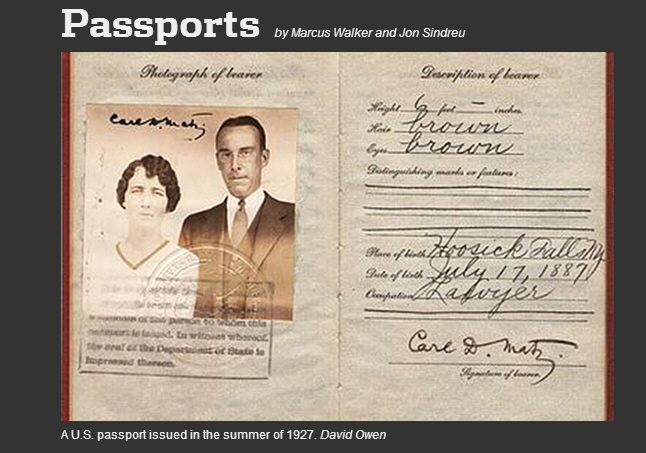
The world before 1914 was one of free movement of goods, money, and people — at least for those with the means to enjoy it. As John Maynard Keynes would lament in 1919, after this globalized world had collapsed, an affluent prewar Londoner:
“...could secure forthwith, if he wished it, cheap and comfortable means of transit to any country or climate without passport or other formality ... and would consider himself greatly aggrieved and much surprised at the least interference.”
Visit the Site and Finish Reading the "Passports" article at: http://online.wsj.com/ww1/ and thanks to Trip-Wire reader Rob Tandeter for suggesting this.
Let Us Help Publicize Your Local WWI Events & Research!
(Email the Editor)
|
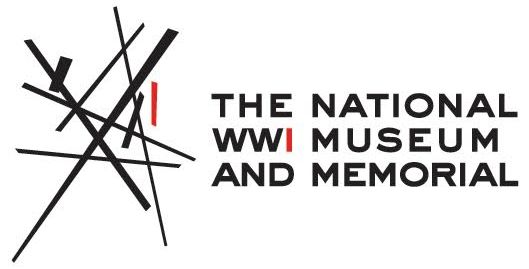
theworldwar.org/
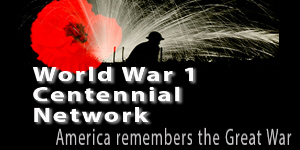
www.ww1-centennial.org/

history.army.mil/
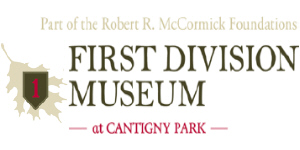
www.firstdivisionmuseum.org/

www.abmc.gov/
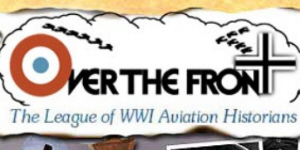
www.overthefront.com/
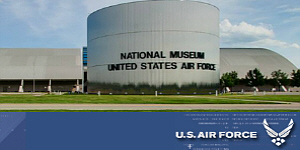
www.nationalmuseum.af.mil/
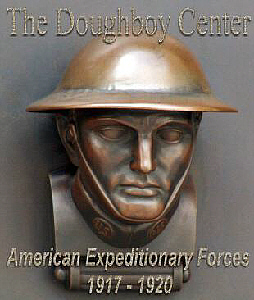
www.worldwar1.com/dbc/
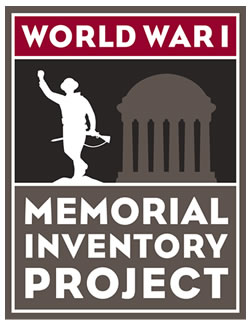
wwi-inventory.org/

wisconsinhistory.org/
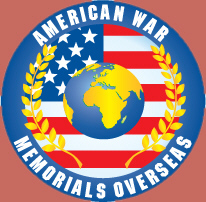
www.uswarmemorials.org/

www.macarthurmemorial.org/
|
|

August 1914:
The United States Declares Neutrality
There were three instruments and a policy statement by which the United States declared, implemented, and outlined the intent of its policy of neutrality in the war. All were taken at the initiative of President Woodrow Wilson.
1. Neutrality Proclamation of August 4, 1914
Whereas a state of war unhappily exists between Austria-Hungary and Serbia and between Germany and Russia and between Germany and France:
And Whereas the United States is on terms of friendship and amity with the contending powers, and with the persons inhabiting their several dominions;
And Whereas there are citizens of the United States residing within the territories or dominions of each of the said belligerents and carrying on commerce, trade, or other business or pursuits therein;
And Whereas there are subjects of each of the said belligerents residing within the territory or jurisdiction of the United States, and carrying on commerce, trade, or other business or pursuits therein;
And Whereas the laws and treaties of the United States, without interfering with the free expression of opinion and sympathy, or with the commercial manufacture or sale of arms or munitions of war, nevertheless impose upon all persons who may be within their territory and jurisdiction the duty of an impartial neutrality during the existence of the contest; And Whereas it is the duty of a neutral government not to permit or suffer the making of its waters subservient to the purposes of war;
Now, Therefore, I, Woodrow Wilson, President of the United States of America, in order to preserve the neutrality of the United States . . . do hereby declare and proclaim. . . .
That the statutes and the treaties of the United States and the law of nations alike require that no person, within the territory and jurisdiction of the United States, shall take part, directly or indirectly, in the said wars, but shall remain at peace with all of the said belligerents, and shall maintain a strict and impartial neutrality. . . .
Respected Official
Summary from
This Period
|
|
2. Executive Order 2011, August 5, 1914
To Enforce Neutrality of Wireless Stations
3. Executive Order 2012, August 5, 1914
For the Relief, Protection and Transportation Home of Americans in Europe at the Outbreak of the European War of 1914
4. Presidential Statement on American Neutrality, August 19, 1914
The effect of the war upon the United States will depend upon what American citizens say and do. Every man who really loves America will act and speak in the true spirit of neutrality, which is the spirit of impartiality and fairness and friendliness to all concerned. The spirit of the nation in this critical matter will be determined largely by what individuals and society and those gathered in public meetings do and say, upon what newspapers and magazines contain, upon what ministers utter in their pulpits, and men proclaim as their opinions upon the street.
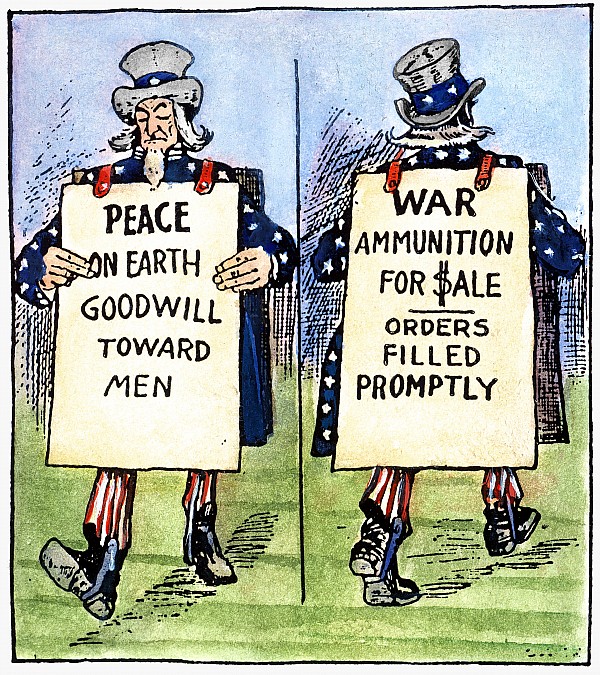
In the Ensuing Months
America Would Not Always
Be "Neutral in Fact as
Well As Name" |
The people of the United States are drawn from many nations, and chiefly from the nations now at war. It is natural and inevitable that there should be the utmost variety of sympathy and desire among them with regard to the issues and circumstances of the conflict. Some will wish one nation, others another, to succeed in the momentous struggle. It will be easy to excite passion and difficult to allay it. Those responsible for exciting it will assume a heavy responsibility, responsibility for no less a thing than that the people of the United States, whose love of their country and whose loyalty to its government should unite them as Americans all, bound in honor and affection to think first of her and her interests, may be divided in camps of hostile opinion, hot against each other, involved in the war itself in impulse and opinion if not in action.
Such divisions amongst us would be fatal to our peace of mind and might seriously stand in the way of the proper performance of our duty as the one great nation at peace, the one people holding itself ready to play a part of impartial mediation and speak the counsels of peace and accommodation, not as a partisan, but as a friend.
I venture, therefore, my fellow countrymen, to speak a solemn word of warning to you against that deepest, most subtle, most essential breach of neutrality which may spring out of partisanship, out of passionately taking sides. The United States must be neutral in fact, as well as in name, during these days that are to try men's souls. We must be impartial in thought, as well as action, must put a curb upon our sentiments, as well as upon every transaction that might be construed as a preference of one party to the struggle before another.
|
|

We Are Now Accepting Bookings for Our 2015 Centennial Tours:
Gallipoli and the Dardanelles Tours
100th Anniversary of Gallipoli Tour during the Anzac Day celebrations to be conducted in collaboration with Mat McLachlan Battlefield Tours of Australia.
Western Front Tours
• 2-10 May 2015: I will lead this tour and cover the 1914 and 1915 Battles North of Paris, including the Aisne & the Race to the Sea, the Siege of Antwerp, the First and Second Battles of Ypres, the Christmas Truce, and the French and British Battles in Artois.
• 15-23 August 2015: My summer centennial expedition will cover the Western Front Battles of 1914 and 1915 East of Paris in the Chemin des Dames, Champagne, Argonne, and St. Mihiel sectors, PLUS the American Battlefields of 1918 at Château-Thierry, Blanc Mont, St. Mihiel, and the Meuse-Argonne.

Click on Image to Send Email
|
|
|

|

The Editors Recommend
Three Older Classics and One New on the Opening of the War
|

The Dangerous Lives of WWI Tank Crews
|
I was looking through my folder of WWI tank images and came across many of damaged tanks, especially of British Mark-Series vehicles. The two shown here with the dead crew members were especially affecting. This led me to do some searching for information on the hazards of serving on tank crews. The best material I could find was The Long, Long Trail website article "The Tank Corps of 1914-1918." It turns out that it wasn't just enemy fire that was dangerous for the men aboard.
At best, the early tanks could achieve a top speed of 4 miles per hour. On the battlefield this was rarely realized, and in many cases infantry moved far faster. The machines were crewed by a Subaltern, three drivers and four gunners, of which one was an NCO. Interior conditions were truly appalling, being a combination of intense heat, noise, and exhaust from the engine, violent movement as the tank crossed the ground and molten metal splash as bullets struck the plating. Men would often be violently sick or badly incapacitated by the conditions and were often in no fit state to continue after quite short journeys. It was difficult to communicate within the tank and with men and other tanks outside. The tank officer often had to get out and walk, to reconnoiter his path or to work with the infantry. The tanks also proved to be mechanically unreliable and vulnerable to shellfire. Some tanks carried a wire frame on the roof, designed to deflect grenades.

[At the Battle of Amiens] in conjunction with the new artillery and infantry tactics, [the 450 tanks assembled] proved to be useful in crushing wire; overrunning machine gun posts and strong points; helping infantry through the streets of destroyed villages. However, tank losses were significant and within days of the initial assault the Tank Corps was a temporarily spent force. It was not until the assaults on the Hindenburg Line in late September 1918 that a large enough force had been assembled again. From 21 August 1918 to the Armistice on 11 November 1918, some 2,400 men and officers of the Tank Corps became casualties.
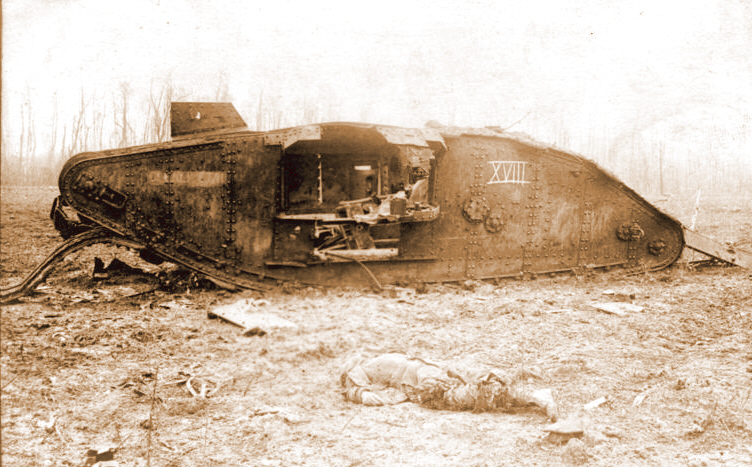
Read the full article at:
http://www.1914-1918.net/tanks.htm
|
|
|
|
|
|
|







